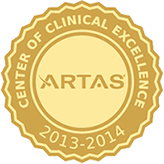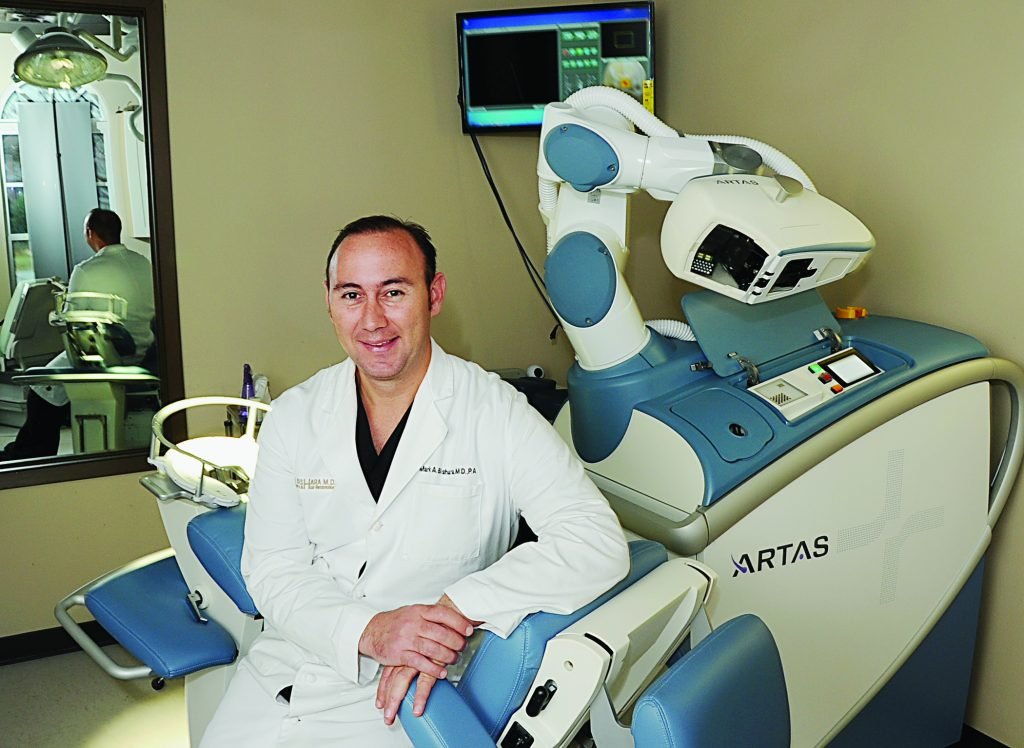What are stem cells?
Stems cells are the foundation of every organ and tissue in our body. Throughout our lives stem cells replace injured tissues and cells that are lost every day, such as those in our skin, hair, blood and the lining of our organs. Stem cells have the ability to change into other types of cells, making them essentially unprogrammed cells or “shape shifters”. Since stem cells can become bone, muscle, cartilage and other specialized types of cells, they are at the center of a new field of science called regenerative medicine. Stem cells harvested from a patient have the potential to replace countless cells of the body and are capable of treating diseases including Parkinson’s, Alzheimer’s, Diabetes, Autoimmune Diseases and more. They may heal the body by replacing cells plagued with disease or the inability to produce a healthy immune system response by regenerating healthy new cells that can.
Simple Example of stem cells
When we have a paper cut on our finger, the damaged cells that were cut release chemicals on their own called growth factors. These growth factors activate dormant stem cells in the surrounding tissue which produce new skin cells and heal the wound. Once it is healed, the stem cells again become dormant. Stem cell therapy works essentially in the same way to heal injuries and diseases.
Two simple things define stem cells:
• They can “self renew” – Meaning they can multiply and produce greater numbers of themselves.
• They can “differentiate” – Meaning they can develop and change into at least two different types of specialist cells that carry out a specific function.
4 Known Types of Stem Cells
• Adult Stem Cells – Derived from an adult human body.
Most commonly used stem cell for treatments and widely accepted. In instances where adult stem cells are obtained from the intended recipient, the risk of rejection is essentially non-existent. Consequently, more US government funding is being provided for adult stem cell research.
• Embryonic Stem Cells – Derived from embryos.
These cells require specific signals to differentiate to the desired cell type. If they are simply injected directly, they will differentiate into many different types of cells, resulting in a tumor derived from this abnormal pluripotent cell development. The directed differentiation of ES cells and avoidance of transplant rejection are just two of the hurdles that ES cell researchers still face.
• Fetal Stem Cells – Derived from aborted fetuses.
These have developed further than embryonic stem cells and are a little more specialized – their options are limited. However, they can still produce most types of cell in the body.
• Induced Pluripotent Stem Cells (iPSCs) – From some parts of the human body.
These stem cells are engineered from older, fully specialized cells. Scientists encourage these limited cells to act like embryonic stem cells again, with the ability to become any type of human cell. This is a complex technique that has only recently been developed and is the subject of much ongoing research.
How is stem cell therapy administered?
Stem cell therapies are injected into the vein (intravenous treatment). There are two types of intravenous methods which are discussed below.
•Direct Injections – Injections administered directly into the site that needs repair such as muscles and tendons.
•Intranasal – Administered to a highly vascular pathway of the nose to encourage more stem cells to travel past the blood brain barrier.
what this means for Alopecia areata
Alopecia Areata is an auto immune disease where the immune system attacks hair follicles. It usually does not threaten health, but it can greatly affect the way a person looks. A patient that receives adult stem cell treatment injections (Platelet Rich Plasma (PRP) Treatment) will find that it will stimulate his / her immune system, promote cellular regeneration and improve symptoms associated with Alopecia. Platelet Rich Plasma (PRP) uses the patients’ own blood and processes it with a concentration of the body’s own cells which contain healing and growth factors.
alopecia areata Research
A blog published in Bernstein Medical Center for Hair Restoration detailed the success of a method that used hair cloning therapy to treat alopecia areata. The study was conducted by Marwa Fawzi, a dermatologist at the University Of Cairo Faculty Of Medicine, who used stem cells from the scalps of eight children with alopecia areata to regenerate their own hair.
Six months after the hair cloning treatment, the results showed a 50% increase in hair in more than half of the subjects. One of them, an 8-year-old boy, grew nearly a full head of hair after being almost completely bald before treatment.
After being convinced of the results, Dr. Fawzi analyzed the new skin samples on the head and examined the hair follicles themselves and found that the injected stem cells had migrated into the follicles. The stem cells stimulated the follicles to transition from a dormant phase to a hair-generating phase (just like our above paper cut example).
[calltoaction]To learn more about our Platelet Rich Plasma (PRP), please contact us at (817) 473-2120 today or email appointments@markbisharamd.com to schedule an appointment.[/calltoaction]





